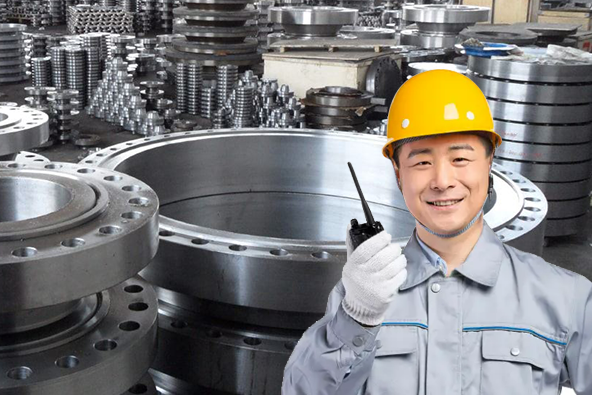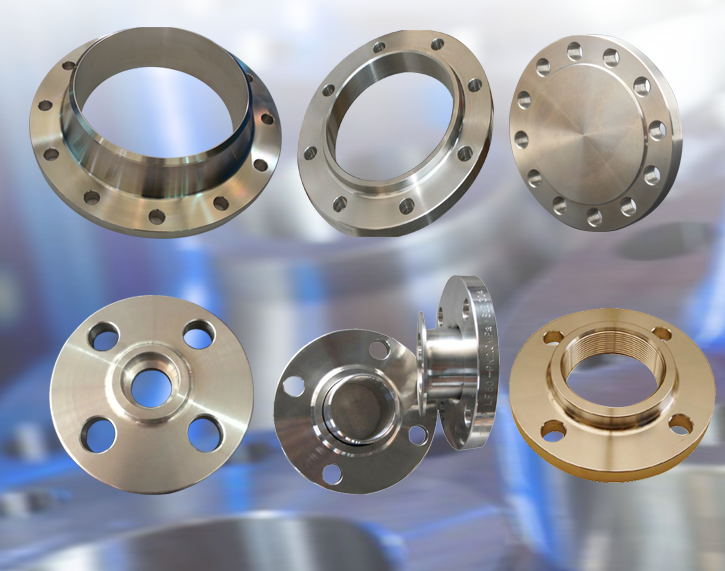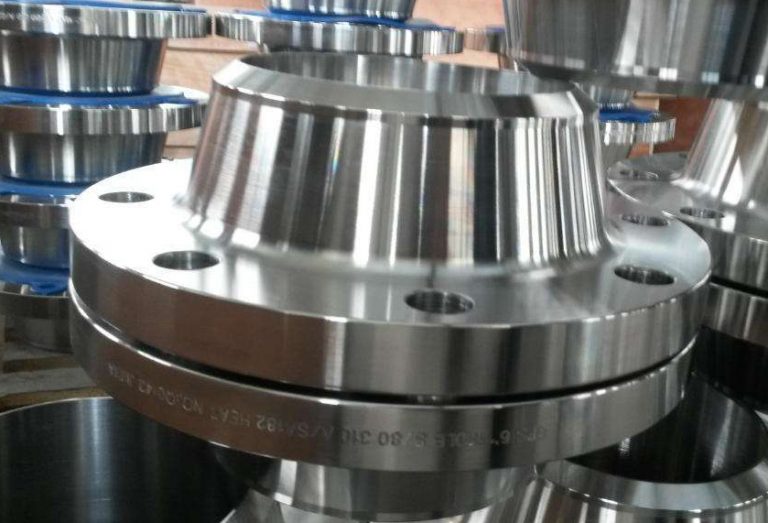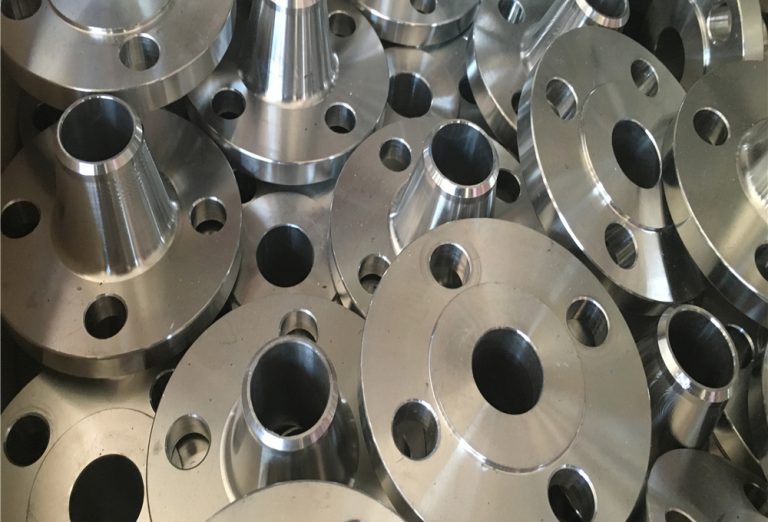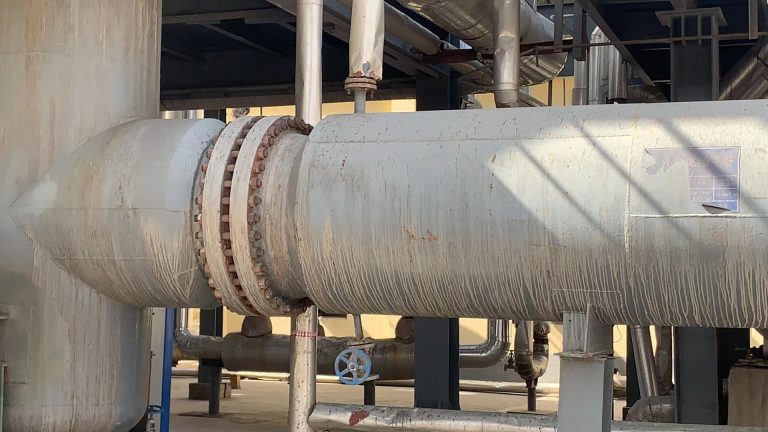I. Introduction
Flanges are essential components in any pipeline system, used for connecting pipes, valves, pumps, and other equipment. There are various types of flanges available in the market, each designed to meet specific application requirements. ANSI and ASME flanges are two popular types of flanges used in various industries globally. Understanding the differences between these two flange types is crucial for engineers, project managers, and professionals in the pipeline industry to make informed decisions and ensure the optimal performance of their pipeline systems.
In this blog, we will explore the advantages and disadvantages of ANSI and ASME flanges to help you make the right choice for your pipeline project. From technical specifications to chemical compatibility and budget constraints, we will cover all the essential factors you need to consider in choosing the right flange for your application. So, let’s dive into the world of ANSI and ASME flanges and discover which one is the best fit for your project.
II. ANSI Flanges
ANSI, which stands for American National Standards Institute, is an organization that oversees the development of voluntary engineering, manufacturing, and safety standards across various industries in the United States. ANSI flanges are flange designs that follow specific ANSI standards and guidelines.

Description and Specifications:
ANSI flanges come in various sizes from 1/2 inch to 24 inches and have a pressure rating of up to 2500 pounds. They are available in various materials such as carbon steel, stainless steel, and alloy steel. ANSI flanges follow specific specifications that ensure they are compatible with ANSI-compliant pipes, valves, and fittings. The sealing surface of ANSI flanges is raised and follows specific design parameters to meet the requirements of gaskets.
Advantages of ANSI Flanges:
- Widely used: ANSI flanges are widely used in various industries such as oil and gas, petrochemical, refining, and power generation.
- Cost-effective: ANSI flanges are relatively cheaper when compared to other flanges types.
- Availability: ANSI flanges are readily available in the market.
Disadvantages of ANSI Flanges:
- Limited pressure handling: ANSI flanges have limited pressure handling capabilities compared to other flange types.
- Limited size compatibility: ANSI flanges are available in limited sizes, which may not be suitable for some applications.
Comparison with ASME Flanges:
Both ANSI and ASME flanges follow specific design guidelines and specifications, but ASME flanges have higher pressure ratings and are typically used in high-pressure applications. ANSI flanges are suitable for lower-pressure applications and are generally cheaper compared to ASME flanges. Choosing between ANSI and ASME flanges primarily depends on the pressure requirements of the application.
In the next section, we will explore ASME flanges and their specifications, advantages, disadvantages, and comparison with ANSI flanges.
III. ASME Flanges
ASME, which stands for the American Society of Mechanical Engineers, is a non-profit organization that promotes the advancement of engineering and technology globally. ASME flanges are flanges designed according to the specifications set by ASME.
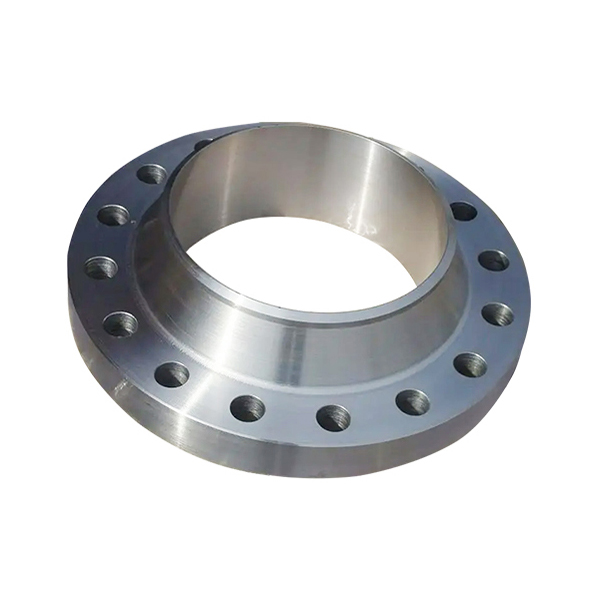
Description and Specifications:
ASME flanges come in various sizes from 1/2 inch to 24 inches, with a pressure rating of up to 2500 pounds. ASME flanges are typically available in materials such as carbon steel, stainless steel, and alloy steel. The sealing surface of ASME flanges is flat-faced, as opposed to the raised-faced surface of ANSI flanges, to ensure a better seal with the gasket.
Advantages of ASME Flanges:
- High-pressure handling capability: ASME flanges are designed to handle high-pressure applications, which makes them suitable for industries such as oil and gas, chemical, and power generation.
- Size compatibility: ASME flanges are available in larger sizes than ANSI flanges, which makes them suitable for a wider range of applications.
- Material compatibility: ASME flanges are compatible with various materials, including exotic alloys, which makes them suitable for highly corrosive applications.
Disadvantages of ASME Flanges:
- Higher cost: ASME flanges are typically more expensive compared to ANSI flanges.
- Availability: ASME flanges are less readily available in the market compared to ANSI flanges.
Disadvantages of ASME Flanges:
ASME flanges have higher pressure handling capabilities and are generally used in high-pressure applications, while ANSI flanges are suitable for lower-pressure applications and are relatively cheaper. ASME flanges are available in larger sizes, making them suitable for a wider range of applications, while ANSI flanges are available in limited sizes. Choosing between ASME and ANSI flanges depends on the application’s pressure and size requirements.
In the next section, we will discuss the essential factors to consider when choosing between ANSI and ASME flanges.
IV. Factors to Consider When Choosing Between ANSI and ASME Flanges
Before selecting a flange type between ANSI and ASME, there are several factors to consider. These factors include:
- Pressure and temperature requirements: The pressure and temperature requirements of the application are crucial in choosing the right flange. ASME flanges have higher pressure handling capabilities, which make them suitable for high-pressure applications, while ANSI flanges are better suited for lower-pressure applications.
- Chemical compatibility with process fluids: Chemical compatibility is another essential factor to consider as some materials are more resistant to corrosion than others. ANSI and ASME flanges are available in various materials, including carbon steel, stainless steel, and alloy steel, suitable for different applications.
- Budget constraints: Budget constraints are always a consideration in any project. ANSI flanges are generally cheaper compared to ASME flanges, but there are also other cost factors such as gaskets and bolts that must be considered.
- Project timeline and availability: The project timeline and availability of flanges are crucial factors in selecting the right flange. ANSI flanges are more readily available in the market compared to ASME flanges, which may take longer to source. Delays in flange availability can lead to project delays, which may affect the project’s overall timeline.
Choosing the right flange type between ANSI and ASME depends on the application’s specific requirements. It is essential to consult with industry experts to determine the most suitable flange type for your project.
V. Conclusion
Choosing between ANSI and ASME flanges depends on the specific application’s requirements. ANSI flanges are suitable for low-pressure applications with less corrosive fluids. ASME flanges are suitable for high-pressure applications with corrosive fluids. For cost-sensitive projects, ANSI flanges may be a good option, while ASME flanges are a better option when pressure handling capabilities are critical. It is best to consult experts to determine the most suitable flange type for your project.
More articles about “ANSI vs ASME flanges”
Difference between ANSI flange and ASME flange
Understanding the Differences Between ANSI and ASME Flanges
Which Flange Type is Right for Your Application: ANSI or ASME?
A Comprehensive Guide to ANSI and ASME Flange Dimensions and Ratings
Exploring the Pros and Cons of ANSI and ASME Flanges for Industrial Applications
Choosing the Right Flange Type: A Comparison of ANSI B16.5, ANSI B16.47, ASME B16.5, and ASME B16.47
Everything You Need to Know About Pipe Flanges: ANSI vs. ASME
Understanding the Differences Between ANSI and ASME Flanges: A Comprehensive Guide
Lewis Liu
Hello, I am Lewis Liu, a professional sales engineer with over ten years of experience in the flange fittings industry. I am highly knowledgeable in flange selection, installation, and maintenance. I am passionate about providing customers with the best solutions to ensure their pipeline systems run smoothly, safely, and reliably.
If you have any questions or concerns regarding flange fittings for your pipelines, whether it’s about selection, material choice, specification requirements, or any other aspect, please feel free to contact me at any time. I am committed to offering professional advice and assistance to help you make informed decisions and meet your needs.
